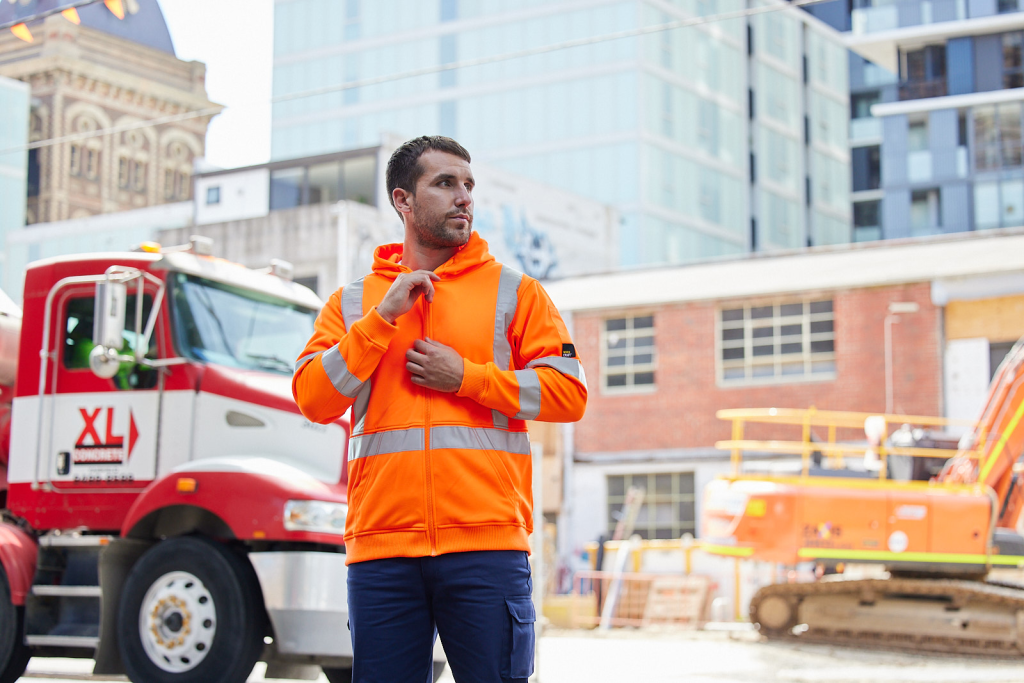Workplace safety is a big deal, whether you’re in construction, manufacturing, or oil and gas. Keeping your people safe not only keeps them from getting hurt, but it also helps you get more done and keeps morale high. One of the most important aspects of workplace safety is having good, durable workwear that can stand up to the job and keep your people safe. In this article, we’re going to talk about how durable workwear fabrics can help you prevent injuries, keep your people safe, and create a safer work environment.
The Importance of Durable Workwear Fabrics
Durable workwear fabrics are designed to stand up to tough conditions and protect your people. Here are some of the benefits of these fabrics:
- Resistance to physical hazards: Durable fabrics are hard to tear and resist abrasion, which means they protect your people from sharp objects, rough surfaces, and other physical hazards.
- Enhanced safety features: Many durable fabrics have special safety features built in, such as flame resistance, high-visibility, and chemical resistance, that are tailored to specific industries.
- Longevity: Good fabrics keep their protective properties even after being used and washed over and over again, which means your people stay safe for a long time.
How Durable Workwear Fabrics Can Help You Prevent Injuries
1. Protection against Abrasions and Cuts
In industries like construction, mining, and manufacturing, your people are going to be around sharp and abrasive surfaces all the time. Durable workwear fabrics, like heavy-duty cotton drill or polyester blends, are hard to cut or tear, which means they keep your people from getting hurt. This means the fabric doesn’t rip easily, so it acts as a barrier between your people and whatever they could get hurt by.
For example, heavy-duty cotton drill fabric is used in a lot of construction workwear. It’s woven really tightly, so it’s hard to rip, which means it keeps your people from getting hurt by rough surfaces and sharp tools. Polyester blends are also really tough and durable, so they’re great for situations where the fabric is going to get beat up a lot.
2. Flame Resistance (FR)
If you’re in oil and gas, welding, or firefighting, you’ve got a real risk of your people getting hurt in a fire. Flame-resistant (FR) fabrics are designed to keep your people from getting burned in a flash fire, electric arc, or other fire hazards. These fabrics are made to put themselves out, so they keep fire from spreading and give your people time to get out of a bad situation.
For example, aramid fibers like Kevlar and Nomex are naturally flame resistant and keep their protective properties for the life of the garment. Another example is treated cotton or cotton-blend fabrics that have been treated to be flame resistant. These treatments make the fabric harder to ignite and slow down the spread of fire, which makes them a good choice if you need flame-resistant clothing but don’t want to spend a ton of money.
3. Chemical Resistance (Teflon Finishing)
If you’re in chemical processing or a related industry, your people are at risk of getting hurt by chemicals. Durable workwear fabrics with chemical resistance properties keep your people from getting burned or hurt by chemical splashes and spills. This means they’re less likely to get burned, break out in a rash, or get hurt in some other way. Fabrics that have been treated with special coatings or that are made from materials that are naturally resistant to chemicals can keep your people safe from hazardous chemicals.
For example, fabrics that have been treated with a Teflon finish repel chemical spills, so the chemicals don’t soak into the fabric and come into contact with your people’s skin. This is important in industries like petrochemicals and pharmaceuticals, where you need to keep your people safe from dangerous chemicals.
4. High-Visibility (Hi-vis)
In low-visibility environments or around heavy machinery, such as construction sites and road work, high-visibility (hi-vis) durable fabrics are essential. These fabrics make workers more visible, reducing the risk of accidents with vehicles and equipment. Hi-vis workwear ensures that workers can be seen, preventing collisions and making the work area safer overall. Typically, these fabrics include reflective strips and bright colors like neon yellow or orange to enhance visibility.
For example, road construction workers often wear hi-vis vests made from durable polyester fabric with reflective strips. This combination ensures that workers remain visible to drivers and equipment operators, reducing the risk of accidents and enhancing site safety.
5. Comfort and Mobility
Comfort is an important aspect of worker safety that is often overlooked. Durable workwear fabrics don’t have to be uncomfortable. Modern fabrics are designed to be flexible and breathable, allowing workers to move freely and stay comfortable throughout their shifts. Comfortable workwear reduces the risk of fatigue-related injuries because workers are less likely to make mistakes or suffer from musculoskeletal issues when they’re comfortable and able to move efficiently.
For instance, fabrics that blend cotton and spandex offer a good balance of durability and stretch, giving workers the flexibility they need to perform physically demanding tasks. Additionally, moisture-wicking properties can help keep workers dry and comfortable, further enhancing their ability to focus on the task at hand.
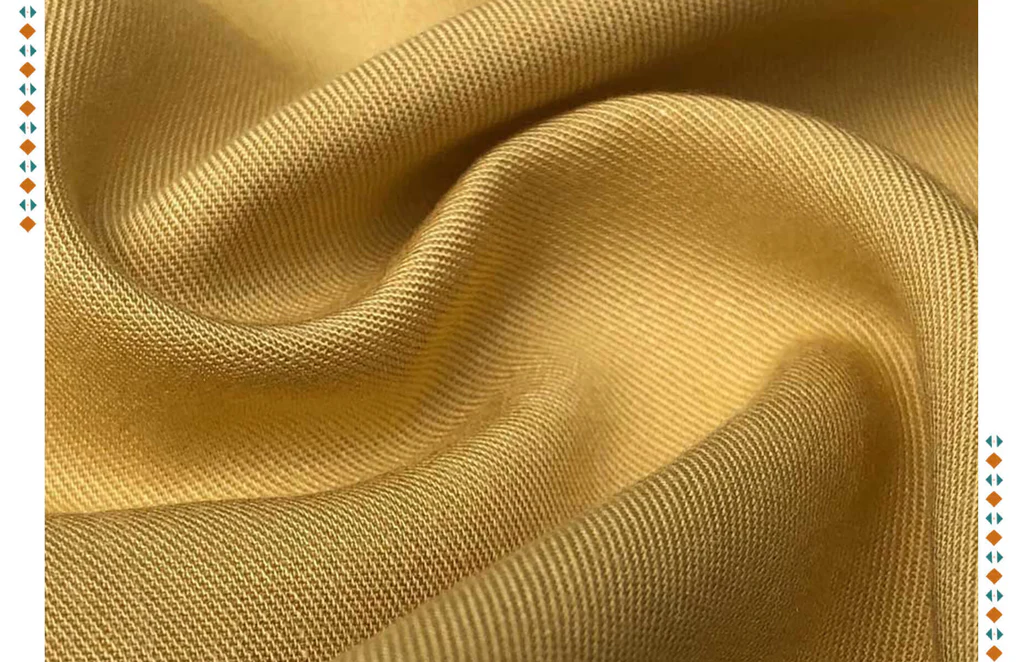
Case Studies: Real-World Benefits of Durable Workwear Fabrics
Case Study 1: Construction Industry
A leading construction company implemented durable workwear made from heavy-duty cotton drill with reinforced stitching. The results were impressive. Over the course of one year, the company reported a 30% reduction in workplace injuries related to cuts and abrasions. Workers also reported improved comfort and mobility, leading to higher productivity and morale.
The company’s investment in durable workwear not only reduced injury rates but also led to cost savings over the long term. With fewer injuries, there was less downtime, fewer workers’ compensation claims, and reduced turnover as employees felt more secure and valued.
Case Study 2: Oil and Gas Industry
An oil and gas company switched to flame-resistant workwear made from aramid fibers for its field workers. This change resulted in a significant decrease in burn injuries. In one instance, a worker’s clothing self-extinguished during a flash fire, preventing what could have been severe injuries. The durable workwear not only protected the worker but also demonstrated the company’s commitment to safety, enhancing its reputation.
By using high-quality flame-resistant fabrics, the company also found that the garments lasted longer and maintained their protective properties despite harsh working conditions. This longevity translated into cost savings over time, as the company needed to replace workwear less frequently.
Case Study 3: Chemical Processing Industry
A chemical processing plant switched to workwear made from chemically resistant fabrics treated with specialized coatings. They saw a 25% reduction in chemical burn incidents. Workers felt more secure knowing their clothing provided an effective barrier against spills, leading to better focus and adherence to safety protocols.
Management at the plant noticed that the enhanced safety provided by the durable workwear also improved worker morale and productivity. Employees were more confident in their ability to perform their tasks safely, leading to a more efficient and motivated workforce.
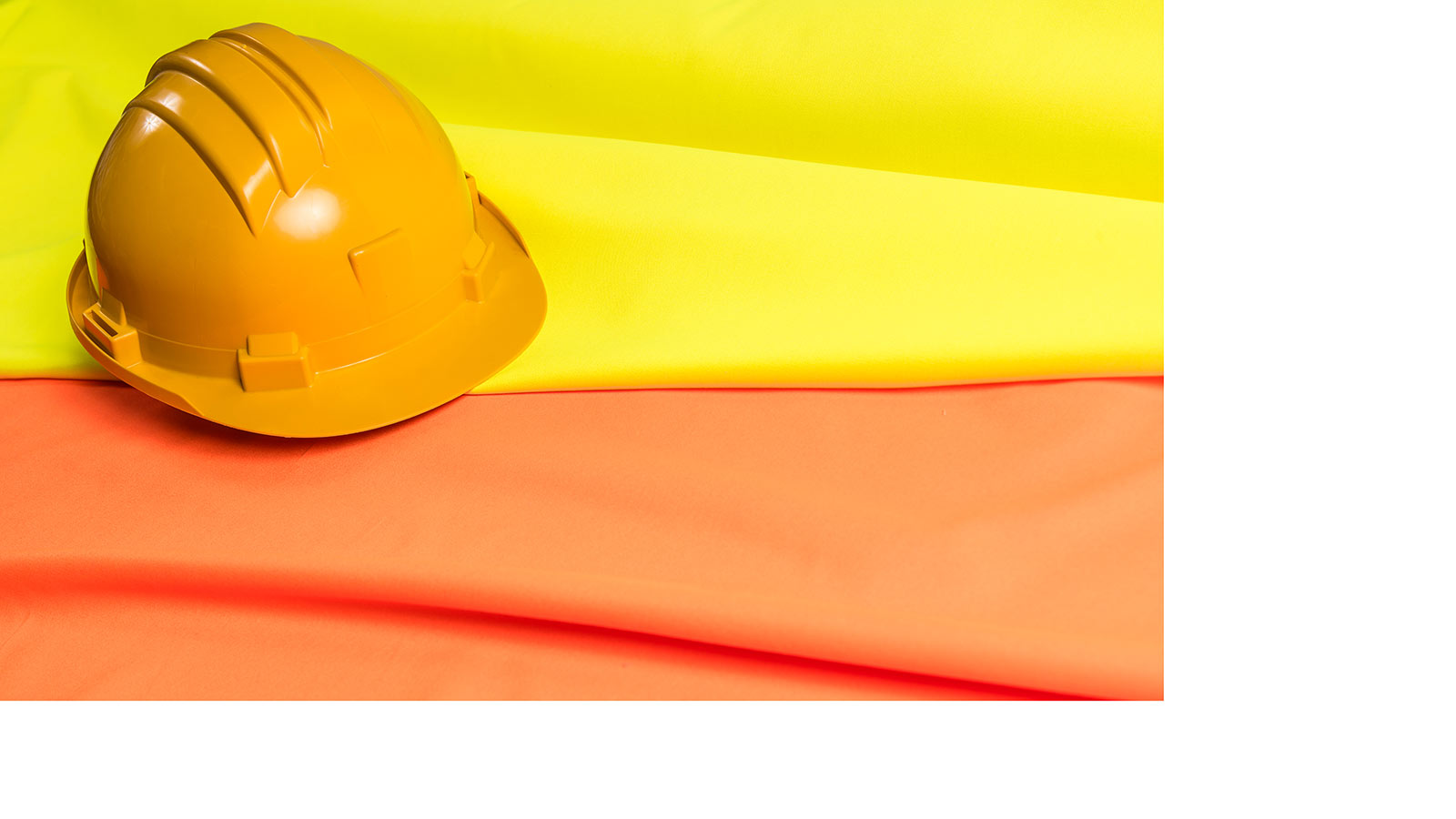
Key Considerations When Choosing Durable Workwear Fabrics
When selecting durable workwear fabrics, consider the following factors to ensure optimal protection and performance:
- Compliance with Standards: Ensure the fabric meets relevant safety standards and certifications for your industry, such as NFPA 2112/EN11612 for flame resistance or ANSI/ISEA 107/EN20471 for high-visibility.
- Durability: Choose fabrics that retain their protective properties after repeated washing and use. Look for materials with reinforced stitching and high tear resistance.
- Comfort and Fit: Select fabrics that offer a balance of protection and comfort, allowing workers to perform their tasks effectively without discomfort.
- Industry-Specific Needs: Consider the specific hazards and requirements of your industry to choose the most suitable fabric. For example, high-visibility fabrics for road work or chemical-resistant fabrics for chemical processing.
- Cost-Effectiveness: While initial costs may be higher for durable fabrics, consider the long-term savings from reduced injury rates, lower replacement costs, and improved productivity.
Conclusion
Durable workwear fabrics play a critical role in reducing workplace injuries and improving overall safety. By protecting against physical hazards, fire, chemicals, and improving visibility, these fabrics ensure workers are safe and able to perform their duties. At Hubei Jiezhixin Textiles, we are committed to providing high-quality, durable workwear fabrics tailored to the unique needs of various industries. Our dedication to safety and quality means your workforce is protected, even in the harshest conditions.

 100% COTTON FABRIC
100% COTTON FABRIC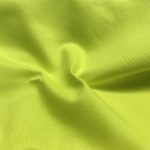 COTTON STRETCH FABRIC
COTTON STRETCH FABRIC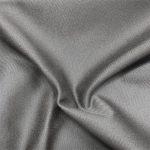 POLYESTER/COTTON FABRIC
POLYESTER/COTTON FABRIC OTHERS FABRIC
OTHERS FABRIC